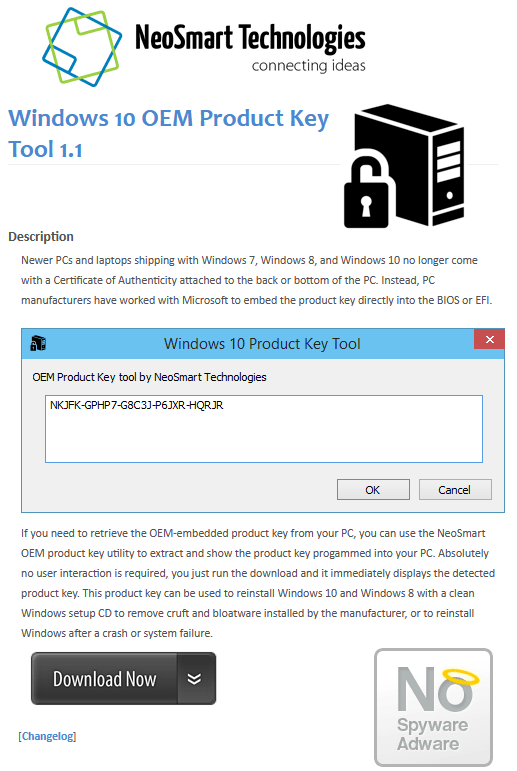29
8
I got a new laptop; it came with an existing Windows installation, but I wanted to migrate my current backup to the new machine. I dd-ed the new machine's partitions to an external drive:
/dev/nvme0n1p1
/dev/nvme0n1p2
/dev/nvme0n1p3
/dev/nvme0n1p4
and afterwards move my current partitions to the new machine. What followed was a medium-sized nightmare. The new machine would boot, but the wireless network drivers were not recognized and later found out (to the best of my knowledge) they couldn't be installed. I tried:
booting from the console and running:
sfc /scannow chkdsk C: /f /r /xboth seemed to have completed successfully, but now the machine would get stuck in a startup repair loop.
I tried resetting the machine (whilst keeping my files), but this failed halfway through.
now the machine's still stuck in the loop and decided to try and repair it externally using a bootable Windows 10 image. It's likely that I'll need the new machine's Windows 10 key. I'm not sure if it's stored in the BIOS (it came with Windows 10 preinstalled) or somewhere on the partitions.
How can I get the key from the partitions (if it's there at all) while booting from a Linux image?


4Generally the BIOS setup screen will show you if the machine has an embedded Windows license. – Michael Hampton – 2019-12-02T00:06:55.547
The second answer to this question is duplicated here: https://superuser.com/questions/637971/how-do-i-get-out-my-embedded-windows-8-key-from-a-linux-environment/638033#638033
– Riking – 2019-12-03T02:16:26.653I got the install...repair infinite loop before but cant' remember how i got around it eventually. – James – 2019-12-03T13:58:42.183
I've made an SSD upgrade once and created an image of the initial drive through dd. After moving that image onto the new drive I got into the loop. I picked the windows repair option and afterwards it booted normally. This time however I moved the same image onto a new machine and drivers stopped working at random, would occasionally boot into the BIOS, etc. – Sebi – 2019-12-03T14:13:29.503